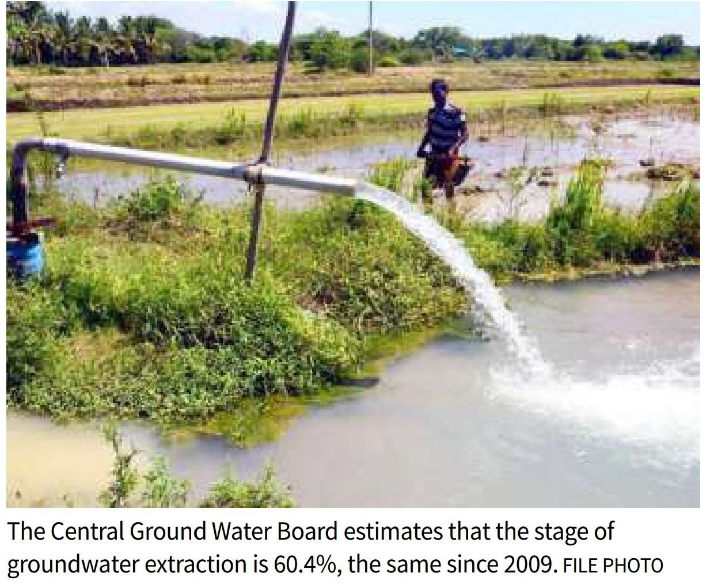1. School Dropout Rates: Key Trends and Insights
National Scenario
- Improvement in retention rates from 2019 to 2024:
- Girls completing secondary education rose from 5% (2019) to 80%.
- Boys’ rates increased from 72.4% (2019) to 77.2%.
- Challenges persist in certain states despite national-level progress.
State-wise Highlights
- Positive Trends:
- Kerala:
- Highest retention rates (100% for boys and girls completing upper primary in 2024).
- Secondary education completion also improved (88.3% to 95.7%).
- Tamil Nadu: Similar improvements noted in secondary education completion.
- Himachal Pradesh: Consistent improvements in attendance at all levels.
- Kerala:
- Concerning Trends:
- Bihar:
- Secondary education completion for boys dropped from 51.6% (2019) to 40.3% (2024).
- Girls’ rates fell from 51.2% to 38.8%.
- Assam: Significant decline in dropout rates for both boys and girls.
- Meghalaya: Ranked lowest for upper primary education (2019).
- Bihar:
Factors Driving Trends
- Progressive states: Kerala and Tamil Nadu’s robust infrastructure and policies.
- Lagging states: High dropout rates in Bihar, Assam, and Rajasthan due to socio-economic challenges and inadequate educational support.
Gender Disparities
- Girls have shown better improvements in secondary education completion compared to boys.
- However, states like Bihar and Assam still reflect a sharp gender gap in dropout rates.
Rankings (2024):
- Best: Kerala, Himachal Pradesh.
- Worst: Bihar, Meghalaya, and Assam.
XZDD |
2. Excessive Nitrates in Groundwater
Key Findings:
Aspect | Details |
Extent of Contamination | – Excessive nitrates (>45 mg/L) found in groundwater in 440 districts (2023), up from 359 (2017). – 56% of India’s districts face nitrate contamination. |
Reasons for Contamination | – Overuse of subsidized synthetic nitrogen fertilizers in agriculture. – Over-extraction of groundwater without adequate replenishment. |
Health and Environmental Impact | – High nitrate levels pose significant health risks, especially for young children. – Contributes to environmental toxicity. |
Regional Impact | – States with high nitrate contamination: Rajasthan, Karnataka, Tamil Nadu, Andhra Pradesh, Haryana, Gujarat, Punjab. |
– Southern India shows an increasing trend in nitrate contamination. | |
Groundwater Extraction | – National stage of groundwater extraction: 60.4%, unchanged since 2009. |
– 73% of blocks have groundwater levels in the “safe zone,” improving from 67.4% in 2022. | |
Other Contaminants | – Uranium (unsafe beyond 30 ppb) and fluoride are major concerns. |
– High uranium contamination in Rajasthan, Haryana, Punjab, Gujarat, Karnataka, Tamil Nadu, Andhra Pradesh. | |
Monsoon Impact | – Nitrate levels rise during monsoon: contamination increases from 30.77% (pre-monsoon) to 32.66% (post-monsoon). |
Trends in Affected States | – Maharashtra: 35.74% contamination. – Telangana: 27.48%; Andhra Pradesh: 23.5%; Madhya Pradesh: 22.58%. |
Central Ground Water Board (CGWB)
- Establishment: Constituted under the Ministry of Jal Shakti (Department of Water Resources, River Development, and Ganga Rejuvenation).
- Objective:
- Sustainable development and management of groundwater resources in India.
- Monitoring and regulation of groundwater levels and quality.
- Key Functions:
- Conducts groundwater surveys, exploration, and assessment.
- Prepares groundwater management plans.
- Monitors water quality and contamination levels, including nitrates, fluoride, and uranium.
- Provides technical assistance to states for groundwater development.
- Raises awareness about groundwater conservation.
- Reports: Publishes biennial and annual assessments on groundwater resources.
- Significance:
- Helps address challenges of over-extraction and contamination.
- Contributes to national programs like Atal Bhujal Yojana.



